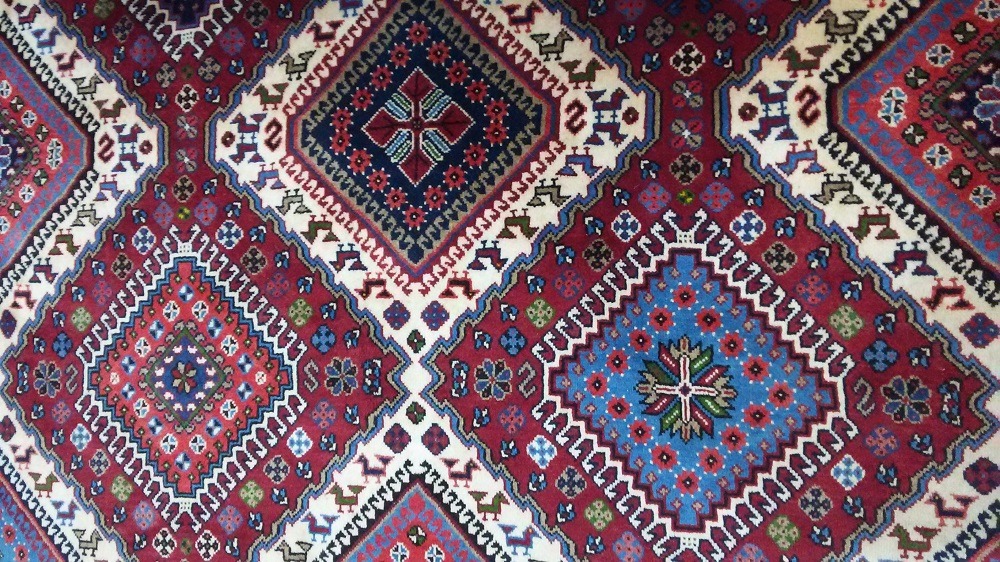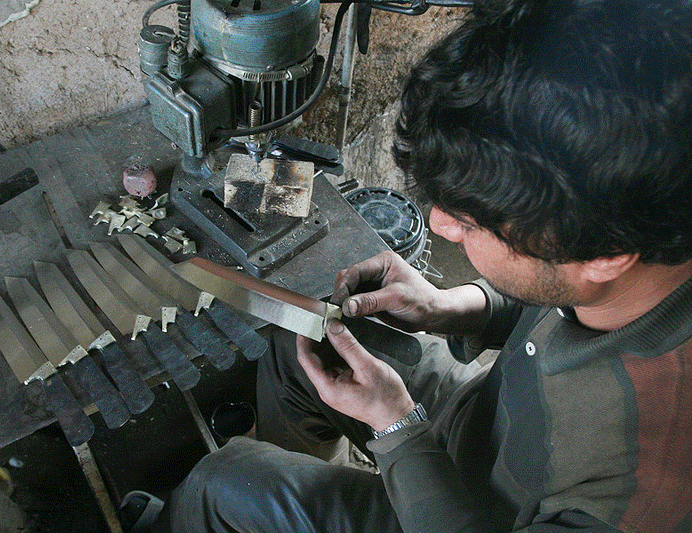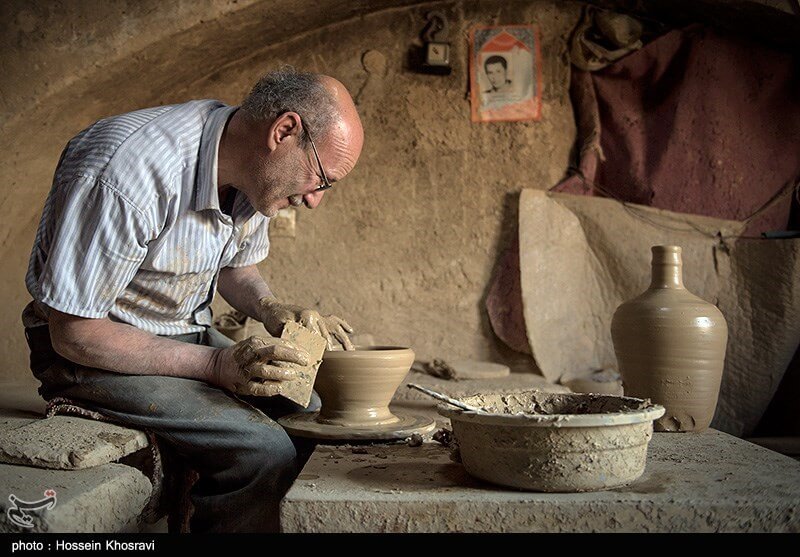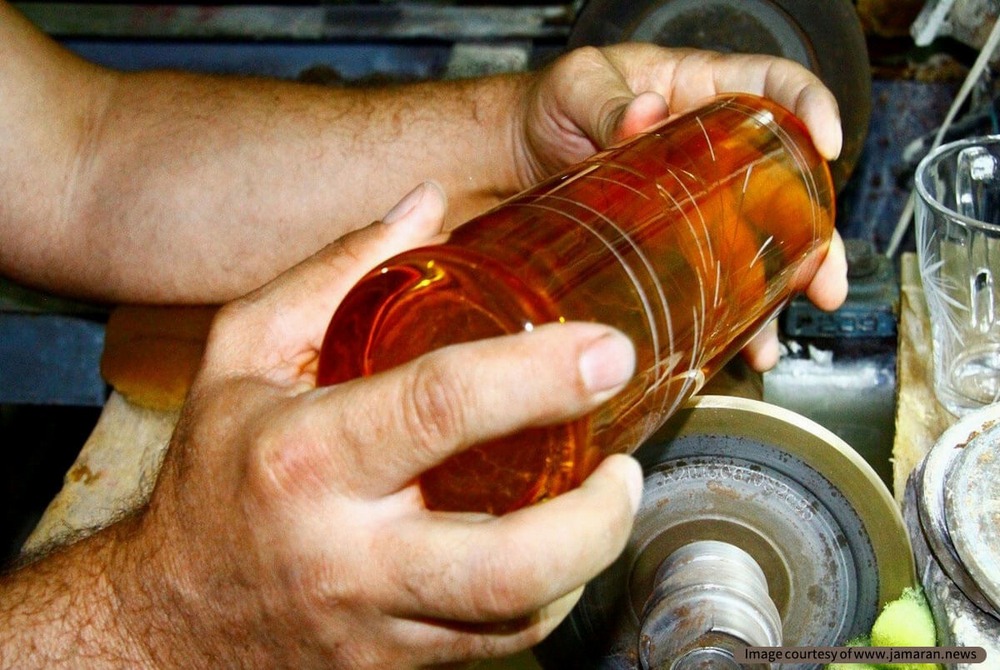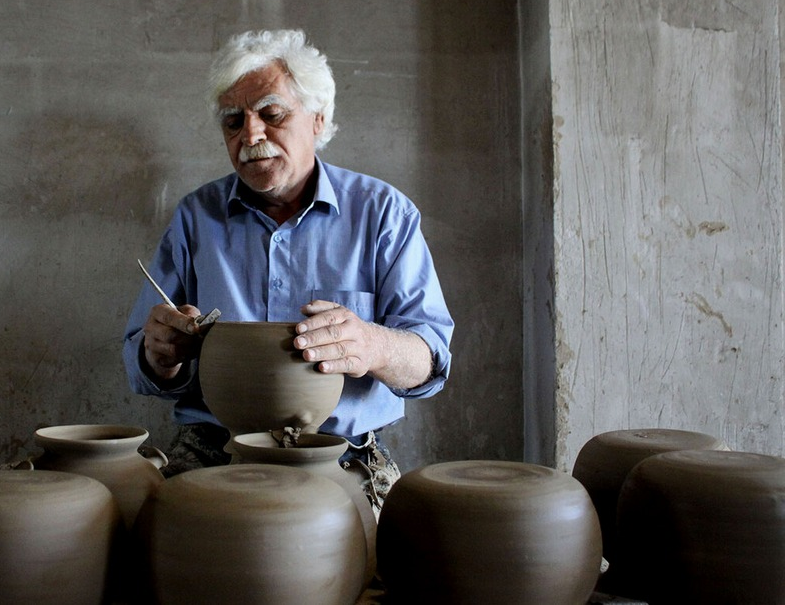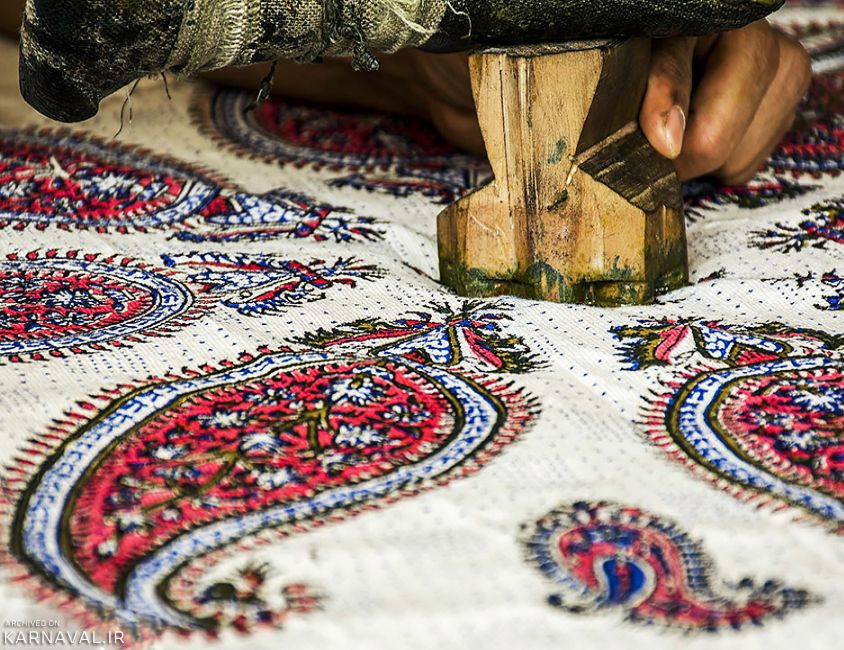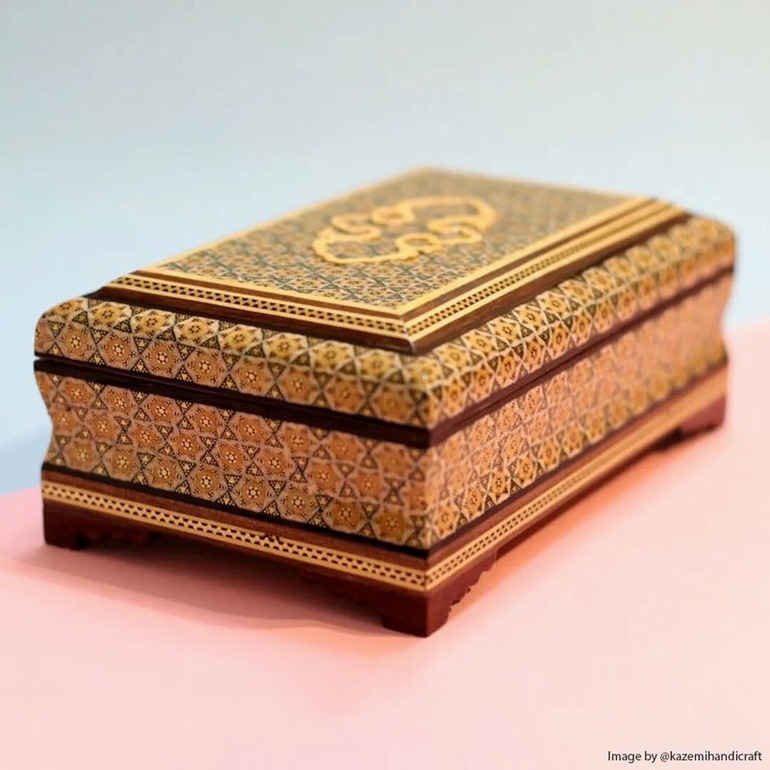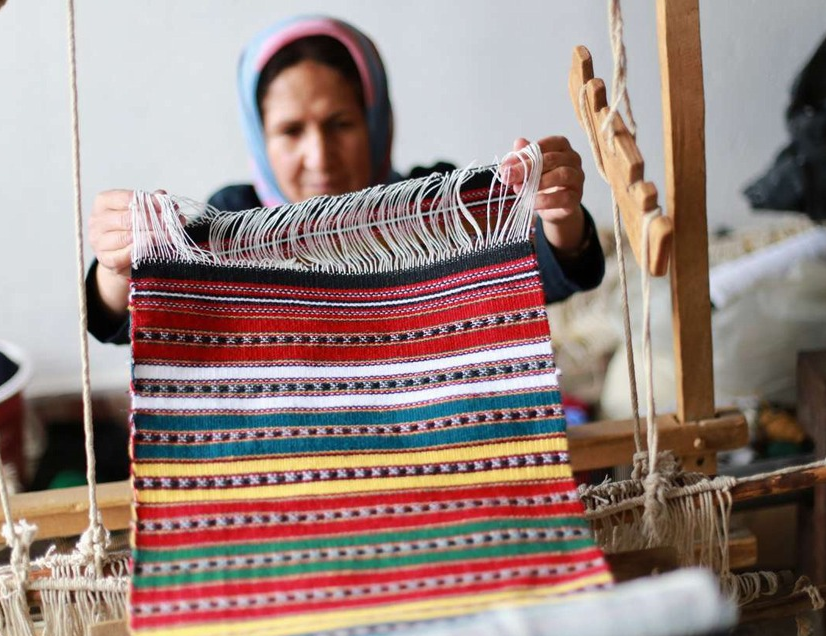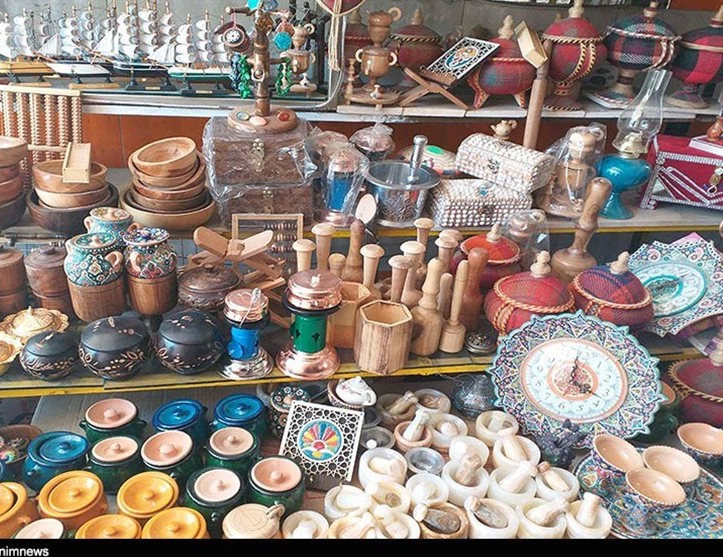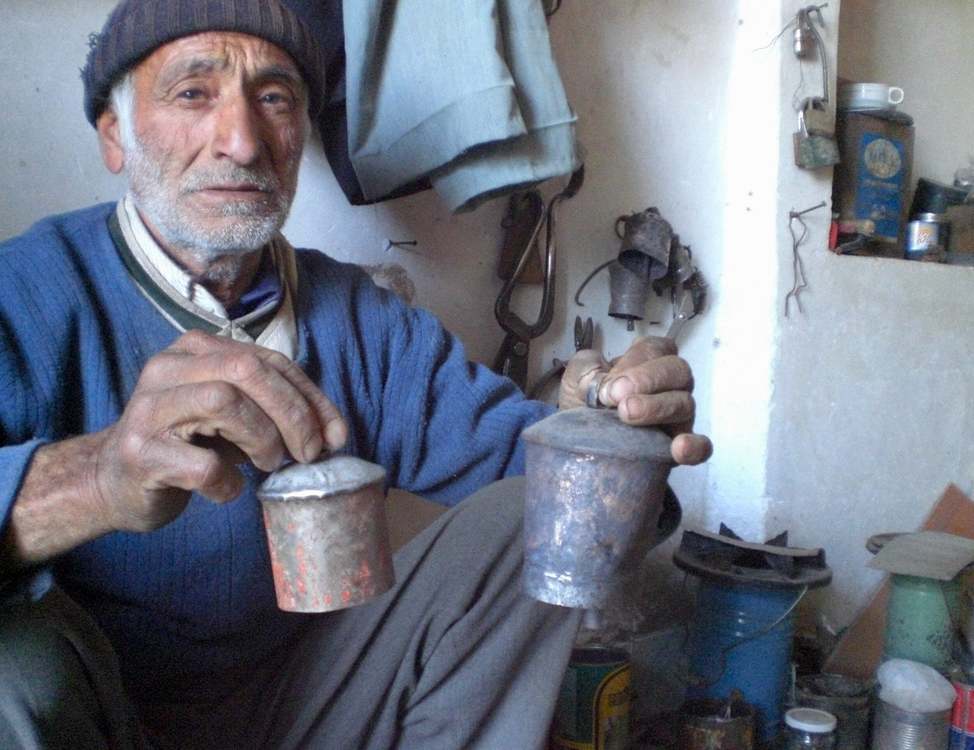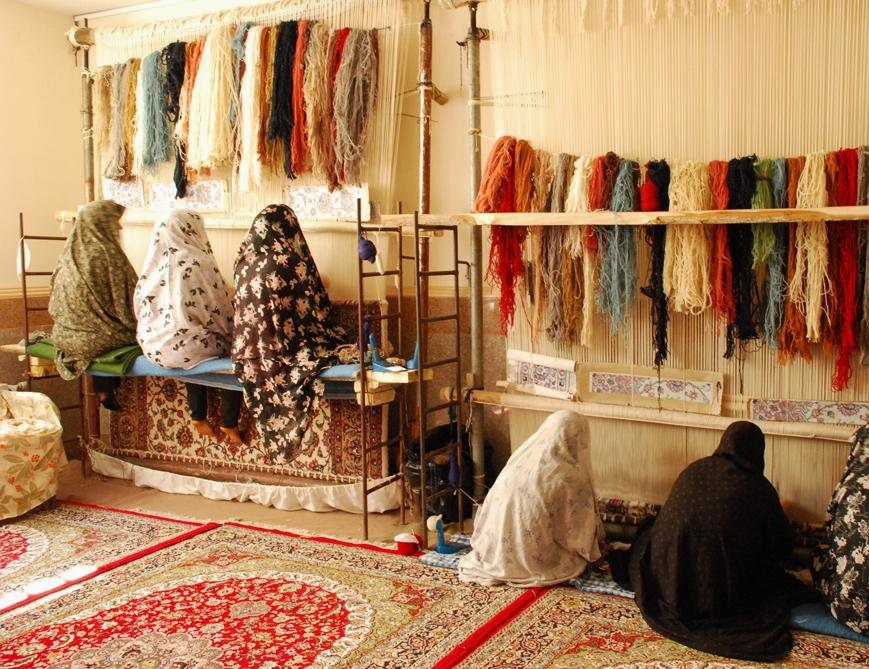
White Clay Pottery
Soil and mud were one of the first materials that man could use to make tools for himself. Therefore, pottery can be considered one of the oldest human professions, which has, despite all human progress, largely preserved its original form throughout history. Many Iranian cities are known as pottery centers, each of which has special methods of making and decorating pottery items. However, white clay pottery is specific to East Azarbaijan Province and it was inscribed on the list of Iran’s intangible cultural heritage, under the name of this province, in the year 2011.
Pottery in Iran
The term pottery is applied to the craft of making some types of utensils by shaping clay and baking them. Clay utensils are usually baked in a furnace at a temperature of 600 to 1600 degrees Celsius after being shaped to get proper strength. Historically, pottery can be considered one of the oldest inventions that mankind achieved in the Neolithic period. Utensils and artifacts related to more than 25 thousand years BC have been discovered in some parts of the world, which proves that this art has a very long history and has been a part of human life.
According to some experts, the history of pottery in Iran goes back to ancient times, and over time the art of pottery became widespread and centers for pottery production were formed in every nook and corner of this country. Meybod of Yazd Province, Kalporagan of Sistan and Baluchistan, Laljin of Hamedan, Shahvar of Minab, Mend of Gonabad, Zonuz of Marand, Mazandaran, Gamaj of Gilan, Semnan, Saveh, Markazi Province, and Shahreza of Isfahan are the regions whose pottery has gained great fame. This geographical diversity throws light on the interest of Iranian people in this art.
The use of glaze to smoothen and polish pottery utensils was one of the most important developments in the field of pottery. In addition to this, there were other developments in decorating, baking, and molding of pottery, which paved the way for more creativity of artists in this field.
Zonuz and White Clay Pottery
Zonuz of Marand City and Kuzekanan of Shebaster City of East Azarbaijan Province, are considered pottery centers. Pottery has been widespread in these regions since at least two centuries ago. Red clay is used in the making of Kuzekanan pottery, as is popular in all parts of Iran. However, white clay is used in the making of Zonuz pottery. This special clay can only be obtained in some special regions of Iran. This soil has compounds of Kaolinite, which is obtained from the slopes of Aqdagh mountain.
White clay pottery has been popular in Zonuz for many years, but it was after the migration of Abbas and Ahmed Qabchi, two potter brothers from Zonuz, to Tabriz where they established a workshop in Darb Sorkhab neighborhood of this city, that it (white clay pottery) gained great fame.
Features of White Clay Pottery
In this pottery method, all steps are done in a traditional way. White clay pottery products are mainly plates, bowls, cups, saucers, water jugs, teapots, and sugar pots. White clay potters cover their products with two types of colorless transparent and turquoise color transparent glazes. The turquoise type of this pottery is very popular and has attracted many admirers even outside of Iran. Techniques such as painting, embossing, carving, and meshwork are used to decorate pottery items.
Despite the fact that a few decades ago, with the popularity of porcelain and metal dishes, clay dishes came to be somewhat neglected, in the last one or two decades, attention to this art has increased. One of the main reasons for this trend was the growth of the pottery painting market and the increase in the added value of these products.
According to some experts, the history of pottery in Iran goes back to ancient times, and over time the art of pottery became widespread and centers for pottery production were formed in every nook and corner of Iran.
| Name | White Clay Pottery |
| Country | Iran |
| Cities | |
| Works | Glass, pottery and ceramics |
| Registration | National |
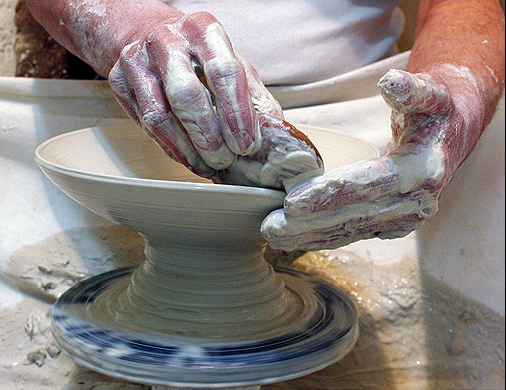
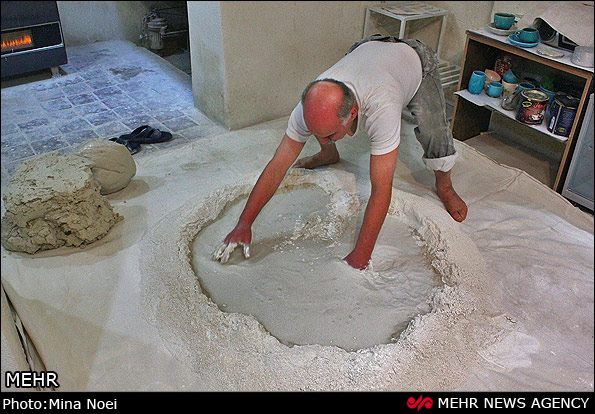
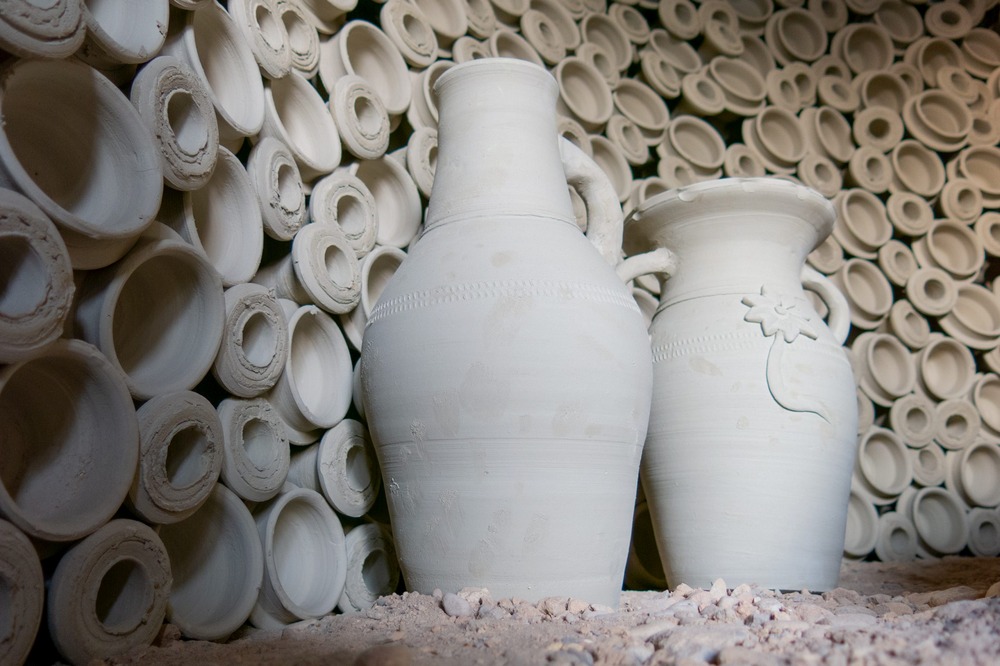
_1.jpg)
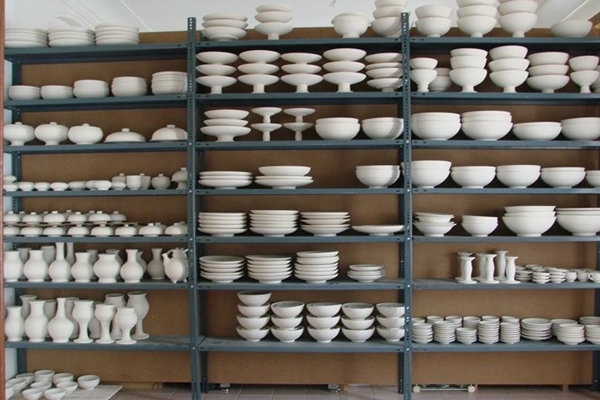

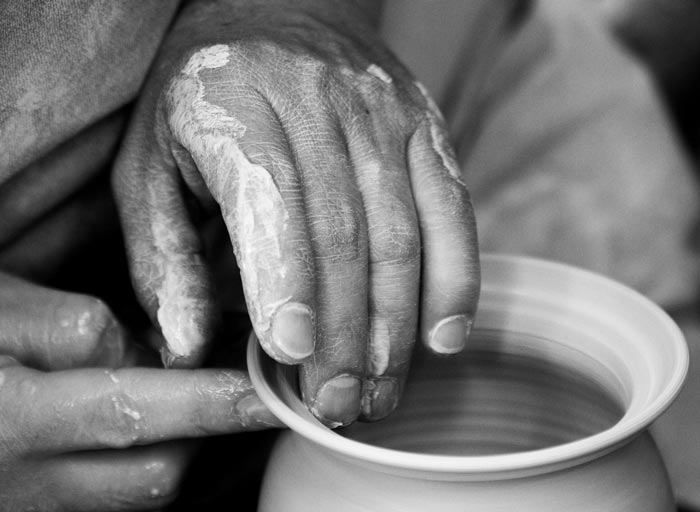



_1.jpg)



Choose blindless
Red blindless Green blindless Blue blindless Red hard to see Green hard to see Blue hard to see Monochrome Special MonochromeFont size change:
Change word spacing:
Change line height:
Change mouse type:
